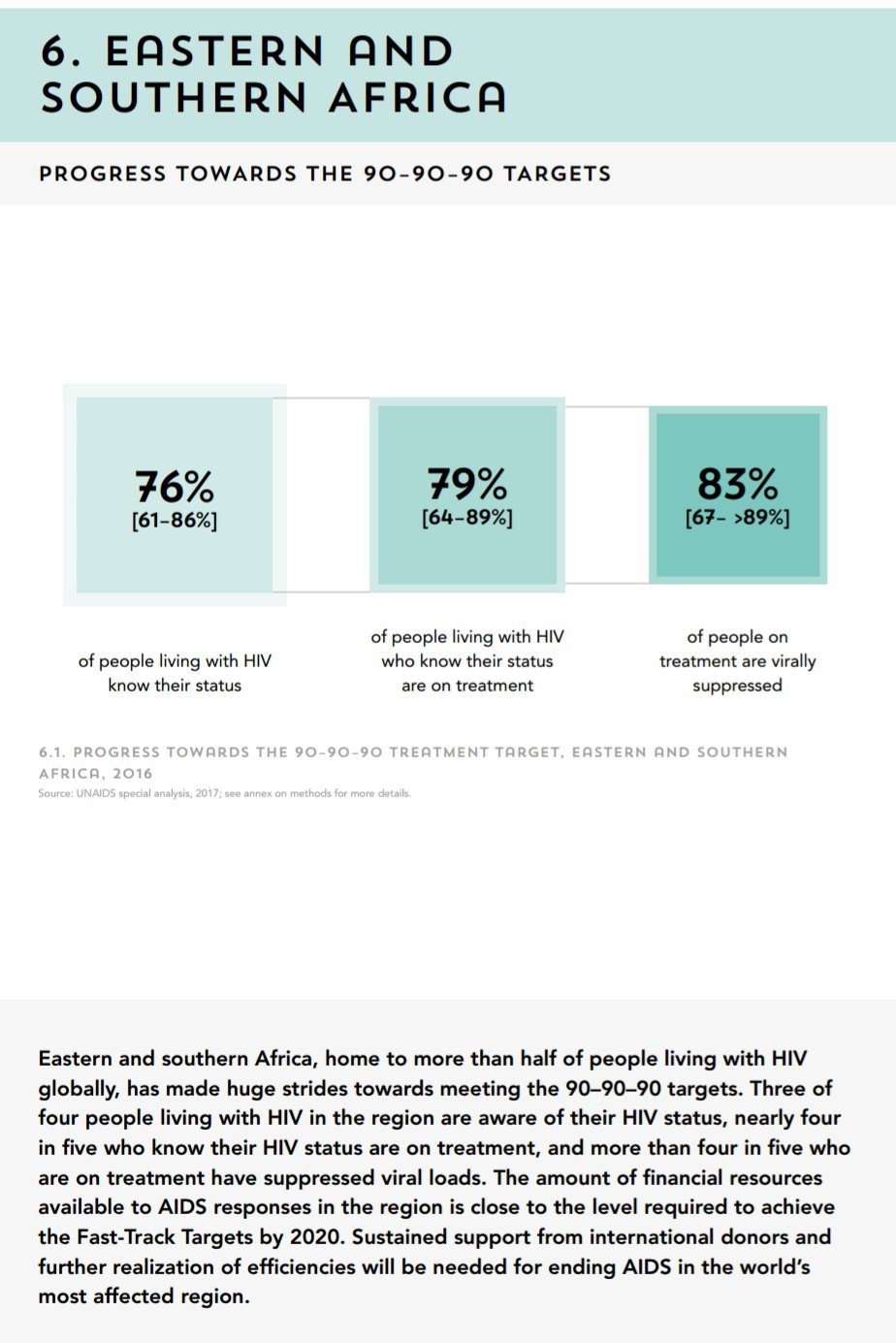HIV/AIDS: Reports show progress in achieving targets
Updated | By Lethiwe Mdluli
UNAIDS has released their Global Aids Update, which shows data collected from 168 countries on the fight against HIV and AIDS. The report gives a specific look on the 90-90-90 programme based on a target to try and end the epidemic.

In January, UNAIDS released a statement explaining what the 90-90-90 programme aims to do.
It said: By 2020, 90% of all people living with HIV will know their HIV status. By 2020, 90% of all people with diagnosed HIV infection will receive sustained anti-retroviral therapy. By 2020, 90% of all people receiving anti-retroviral therapy will have viral suppression.

The report has shown that more than half of the people living with HIV now have access to treatment. Deaths related to AIDS have decreased.
The good news is that the region with the most progress is Eastern and Southern Africa which have been the most hard hit by the virus.
Meanwhile in South Africa, Statistics SA released data in 2016 that showed that the total number of persons living with HIV in the country increased from 4,72 million in 2002 to 7,03 million by 2016.
For 2015, an estimated 12,7% of the total population is HIV positive. Stats SA said approximately a fifth of South African women in their reproductive ages are HIV positive. It further states HIV prevalence among the youth aged 15-24 declined from 7,6% in 2002 to 5,6 in 2016. According to this data, the rate at which the population in South Africa is being infected is declining year on year from 1,77% in 2002 to 1,27% in 2016.
The UNAIDS report shows similar trends. Three out of four people living with HIV in the region are aware of their HIV status, nearly four in five who know their HIV status are on treatment, and more than four in five who are on treatment have suppressed viral loads. This indicates that the 90-90-90 programme is doing well in Southern and Eastern Africa.
The report also noted that South Africa has recently made available HIV self-test kits. The kits may have played a big role in helping people find out where they stand and therefore take action. The report also make note of several techniques that might have helped with improving the numbers. It says weekly mobile phone text reminders also have been found to improve adherence to treatment.

The UNAIDS report shows similar trends. Three out of four people living with HIV in the region are aware of their HIV status, nearly four in five who know their HIV status are on treatment, and more than four in five who are on treatment have suppressed viral loads. This indicates that the 90-90-90 programme is doing well in Southern and Eastern Africa.
The report also noted that South Africa has recently made available HIV self-test kits. The kits may have played a big role in helping people find out where they stand and therefore take action. The report also make note of several techniques that might have helped with improving the numbers. It says weekly mobile phone text reminders also have been found to improve adherence to treatment.

Show's Stories
-
Canine influenza: Can my dog get the flu?
Have you heard of canine influenza? Although not reported much on in Sou...
Stacey & J Sbu 14 hours ago -
What's the weirdest thing you have accidentally swallowed?
From lighters to Spongebob pendants, there is a plethora of stories to s...
Danny Guselli 15 hours ago